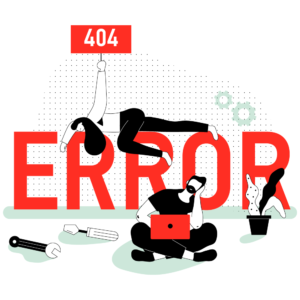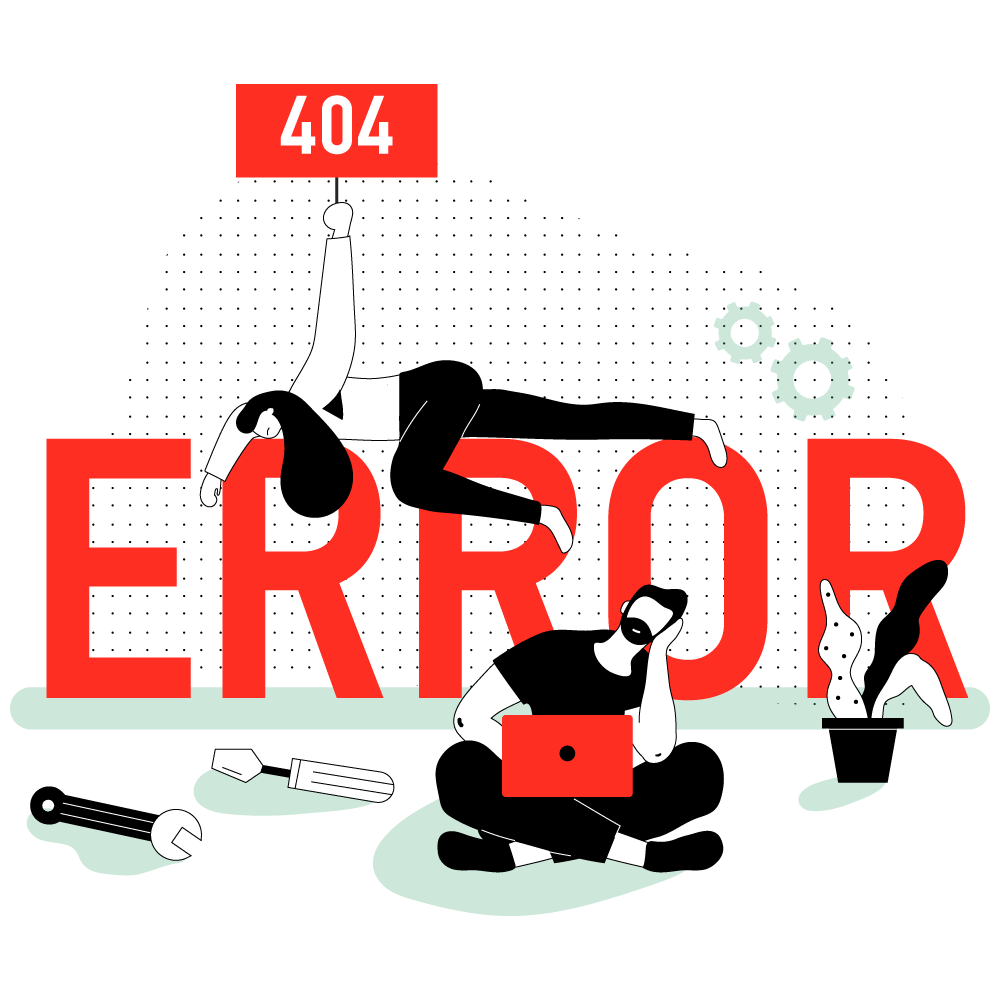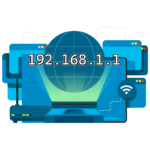Troubleshoot Network Issues
In today’s digital world, network issues can be frustrating and disruptive, especially when you rely on a stable connection for work, streaming, or gaming. Whether it’s slow internet speeds, connectivity drops, or issues with your Wi-Fi, knowing how to troubleshoot these problems is essential.

This step-by-step guide will help you diagnose and fix some of the most common network issues. Whether you’re a tech novice or a seasoned IT professional, these tips will assist you in getting your network back on track.
Troubleshoot Network Issues and Their Causes
Before diving into the troubleshooting process, it’s important to understand some of the most common network issues and what might cause them.
1. Slow Internet Speed
- Possible Causes: Network congestion, outdated hardware, interference from other devices, or an issue with your internet service provider (ISP).
2. No Internet Connection
- Possible Causes: Router or modem issues, incorrect network settings, ISP outages, or hardware failures.
3. Wi-Fi Connection Drops Frequently
- Possible Causes: Signal interference, router placement, outdated firmware, or network overload.
4. Devices Can’t Connect to the Network
- Possible Causes: Incorrect Wi-Fi password, network settings issues, or device compatibility problems.
5. Limited or No Connectivity
- Possible Causes: IP address conflicts, network settings issues, or problems with the network hardware.
Also Read: How to Optimize Your Wi-Fi Signal for Better Performance
Step-by-Step Troubleshoot Network Issues Guide
Step 1: Identify the Problem
The first step in Troubleshoot Network Issues is to identify the problem. Ask yourself the following questions:
- Is the problem affecting all devices or just one?
- Are you experiencing slow speeds, no connection, or intermittent drops?
- Is the issue limited to Wi-Fi, or does it also affect wired connections?
Documenting the specific symptoms will help you narrow down the possible causes and solutions.
Step 2: Check Your Connections
Before diving into more complex troubleshooting, check the basic connections:
- Cables and Plugs: Ensure that all cables are securely connected to your router, modem, and computer. A loose or damaged cable can cause connectivity issues.
- Power Cycle: Unplug your router and modem, wait for 30 seconds, and then plug them back in. This can often resolve minor issues.
Step 3: Restart Your Devices
Sometimes, the simplest solution is the most effective. Restarting your devices (router, modem, and computer) can fix many network issues by clearing temporary glitches.
- Router and Modem: Power off your router and modem, wait for about 30 seconds, and then turn them back on. This process, known as power cycling, can refresh your network connection.
- Computer or Device: Restart the device that is experiencing the issue. This can resolve issues related to software glitches or temporary network conflicts.
Step 4: Check for ISP Outages
If restarting doesn’t fix the issue, the problem might be with your internet service provider (ISP). Check your ISP’s website or call their customer service to see if there are any outages in your area.
Check for ISP Outages: DownDetector
Step 5: Test Your Network Connection
To pinpoint the issue, you can use the following methods:
- Ping Test: Open a command prompt and type
ping google.com. If you see continuous responses, your internet connection is likely working. If you receive timeouts or errors, there’s an issue with your connection. - Speed Test: Use an online speed test tool to check your internet speed. Compare the results with the speed promised by your ISP. If it’s significantly lower, there might be an issue with your ISP or network hardware.
Check Your Internet Speed: Speedtest by Ookla
Step 6: Update Firmware and Drivers
Outdated firmware or drivers can cause network issues. Ensure that your router’s firmware and your computer’s network drivers are up-to-date.
- Router Firmware: Access your router’s settings by typing its IP address into a web browser. Look for a firmware update option, and follow the instructions to install the latest version.
- Network Drivers: On your computer, go to Device Manager, find your network adapter, and update the driver to the latest version.
Step 7: Adjust Router Placement
The placement of your router can significantly impact Wi-Fi performance. Consider the following tips:
- Central Location: Place your router in a central location within your home or office to ensure even coverage.
- Avoid Obstacles: Keep your router away from thick walls, metal objects, and other electronics that could interfere with the signal.
- Elevate the Router: Place your router on a shelf or wall mount, rather than on the floor, to improve signal strength.
Step 8: Check for Interference
Interference from other wireless devices can cause network issues. Here’s how to minimize it:
- Change Wi-Fi Channel: Log in to your router’s settings and try changing the Wi-Fi channel. Channels 1, 6, and 11 are typically the least congested.
- Reduce Interference: Move other wireless devices, like cordless phones or microwaves, away from your router. These can cause interference that disrupts your Wi-Fi signal.
Also Read: Understanding IP Addresses: What They Are and How They Work
Step 9: Reset Network Settings
If you’re still experiencing issues, resetting your network settings can help:
- Windows: Go to Settings > Network & Internet > Status, and click on “Network reset.” This will remove all network adapters and settings, allowing you to start fresh.
- Mac: Go to System Preferences > Network, select your network connection, and click the minus (-) button to delete it. Then, re-add the connection.
Step 10: Contact Technical Support
If all else fails, it may be time to contact technical support. Whether it’s your ISP, router manufacturer, or a professional IT service, experts can help diagnose and fix more complex network issues.
Conclusion
Troubleshoot Network Issues doesn’t have to be overwhelming. By following this step-by-step guide, you can identify and resolve common network problems quickly and efficiently. Whether you’re dealing with slow internet, dropped connections, or Wi-Fi issues, these tips will help you get back online with minimal frustration.
Remember, regular maintenance, such as updating firmware, checking for interference, and placing your router strategically, can prevent many network issues from occurring in the first place. With a little knowledge and the right tools, you can keep your network running smoothly.
Related
Discover more from Computer Climax
Subscribe to get the latest posts sent to your email.





